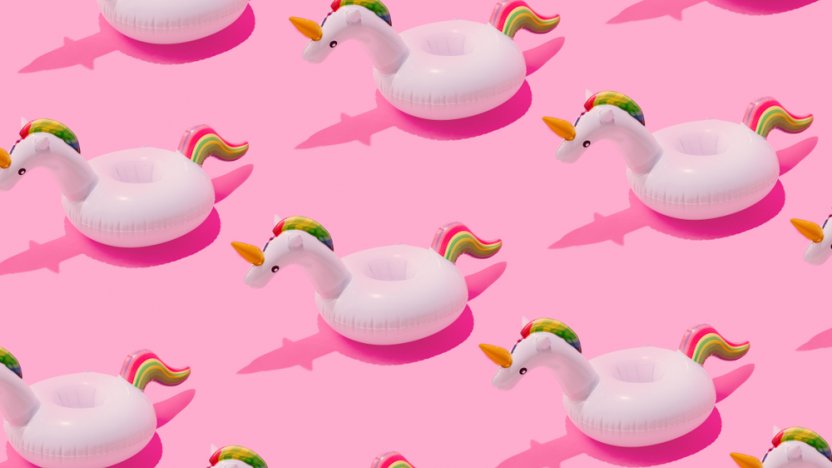New OECD/EUIPO study reveals risk of counterfeits to health, safety and the environment

The joint study released in March also discusses how the COVID-19 pandemic has exacerbated existing problems by opening new opportunities for illicit trade. Alexandra di Maggio provides a summary of the key findings.
The OECD, in its role of providing policy advice to governments in many countries, has collaborated with the EUIPO to publish a report providing up-to-date information on the extent and trends in counterfeiting that may pose a risk to health, safety or the environment. The resulting report, ‘Dangerous Fakes’, is based primarily on data from customs seizures between 2017 and 2019 and interviews with experts in the field of enforcement and anti-counterfeiting.
The extent of dangerous fakes in the EU
Counterfeiters have no concern for the health of consumers and even less for their impact on the environment. Without regulation or responsibility, it is obviously easier to offer low-priced products that may look good, but carry unnecessary danger.
All counterfeits present risks to consumers. However, the EUIPO/OECD study is structured around two approaches to determining the scope of dangerous counterfeits:
- (1) The general approach applies to all products that are subject to specific safety standards and/or fall within the scope of the US Food and Drug Administration and/or are subject to the US SHOP SAFE ACT. Using this global approach, the report finds that clothing products, automotive parts, optical and medical devices, and pharmaceuticals are the most common dangerous counterfeit products
China – including Hong Kong – appears to be the main exporter of such dangerous counterfeits. Products from these two countries account for more than three quarters of all seizures. The EU and the US are the main destinations for small parcels containing dangerous goods, and shipments by sea are in the majority, especially this time to the Gulf States.
- (2) The narrower approach only looked at foodstuffs, pharmaceuticals, cosmetics, and goods that are most often subject to safety notices and recalls. Here the results are comparable to those obtained through the general approach, on the countries of origin, destination and means of shipment of counterfeit goods.
In particular, this approach shows that perfumery and cosmetics, clothing, toys, automotive parts and pharmaceuticals represent the most frequent categories of dangerous counterfeit goods. Most of these goods again originated from China (55% of global Customs seizures) and Hong Kong. In addition, 60% of the dangerous goods seized were also sent by post, while the sea remains the dominant mode of transport in terms of seizure value.
The study found that 70,000 seizures of potentially dangerous counterfeit goods were made between 2017 and 2019 with a volume of US$75 trillion in 2019 alone – about 16% of the global volume of trade in the products involved. This is a shocking figure, especially when you consider that it only concerns certain products.
The impact of the COVID-19 pandemic on counterfeiting
‘Dangerous Fakes’ is based on statistics and surveys prior to the global COVID-19 pandemic. However, it is clear that the pandemic has exacerbated existing trends, particularly in fake medicines, vaccines and masks, and also in the area of alcohol due to the disruption of certain supply chains and changes in demand. Such factors have provided new opportunities for counterfeiters, who have adapted quickly to exploit them to the detriment of us all.
The study also reminds us of the need to be careful with online trade, with 60% of global seizures of dangerous products destined for the EU purchased online. It’s clear that we all need to work together to help the governments and public authorities who are on the front line. Read more about online brand protection best practices.
Alexandra di Maggio is a Trademark Attorney at Novagraaf in Paris.